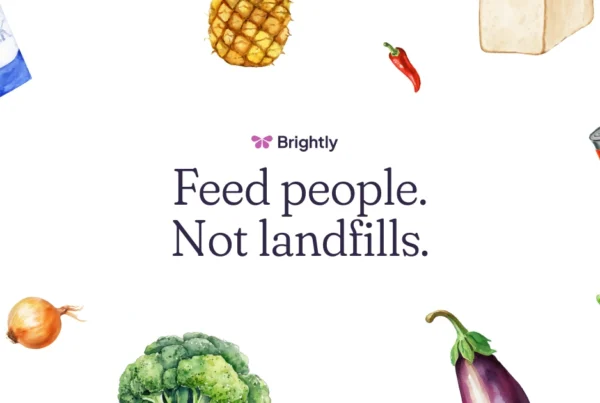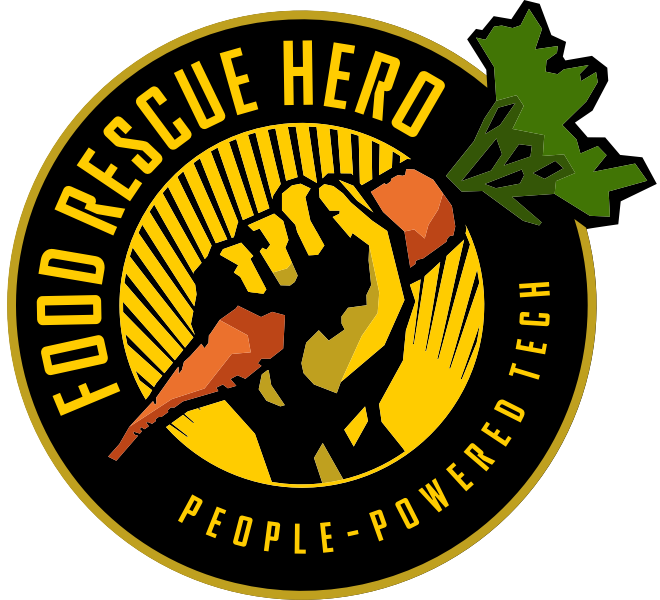Food Rescue Hero is pioneering new solutions to increase the reach and equity of food aid.
September is Hunger Action Month, and action is certainly needed. The USDA’s most recent food security report, from 2022, found that 12.8% of households were food-insecure, an increase of 30% from the previous year, and that the number of children in food-insecure households had risen 45% – the largest one-year increase since 2008. In the face of this challenge, nonprofit Food Rescue Hero is pioneering solutions to increase the reach and equity of hunger relief efforts.
Food access barriers include not only lack of money but also lack of time, transportation, mobility, and proximity to resources. Another USDA study found that 35% of those living below the poverty line travel to their primary food store by some means other than driving a car they own. People in poverty are more likely to work on-site jobs that limit their schedule flexibility, to lack access to affordable childcare, to be disabled, and to be undocumented.
Any of these barriers, or multiple ones in combination, can turn a trip to the food pantry or the grocery store into an onerous trek. For those who need food assistance the most, convenient access is not a nice bonus – it’s a necessity.
Operating as a “DoorDash for good,” Food Rescue Hero is driven by a commitment to ensuring truly accessible food and nutrition. The organization uses ridesharing-style technology to mobilize the world’s largest network of on-demand volunteer drivers, who transport surplus food from businesses (like grocery stores and restaurants) to access points for food-insecure communities (like public housing facilities, community centers, churches, and homes). Its 53,000 users have redirected over 170 million pounds of good food that would otherwise have gone to waste.
Time is of the essence in this model, which emphasizes rescuing the sort of fresh, perishable foods that are often least available to those relying on food assistance. Food Rescue Hero brings it within easy reach of recipients through a diverse distribution network, partnering with low-income housing agencies, WIC offices, veterans programs, and other collaborators. Through this expansive network, good food can get to people who need it, at the places they already frequent, seven days a week and regardless of type and quantity – whether the rescue is one tray of deli sandwiches or 10 pallets of cucumbers.
By capturing a larger and more varied share of retail surplus than traditional models, and getting more of it to dinner tables before it goes bad, this approach not only reduces food waste but also increases nutrition security in underserved communities.
In Pittsburgh, home base for Food Rescue Hero’s parent organization, 412 Food Rescue, a 2018 GIS study and a subsequent 2021 follow-up on areas served by the rescue found a dramatic increase in food access for people in multiple categories, including those living in transit deserts, in food deserts and in areas characterized as low income. Strategies honed there are then shared across the Food Rescue Hero Partner Network, which encompasses 18 organizations serving 52 North American counties.
“This responsive system is constantly expanding and refining our reach, finding the hidden opportunities to create food and nutrition access where there was none,” says Food Rescue Hero President and CEO Alyssa Cholodofsky.
She adds, “This model unlocks the power of community at every step of the process. Solving hunger isn’t just about sourcing food – it’s about forging connections.”






